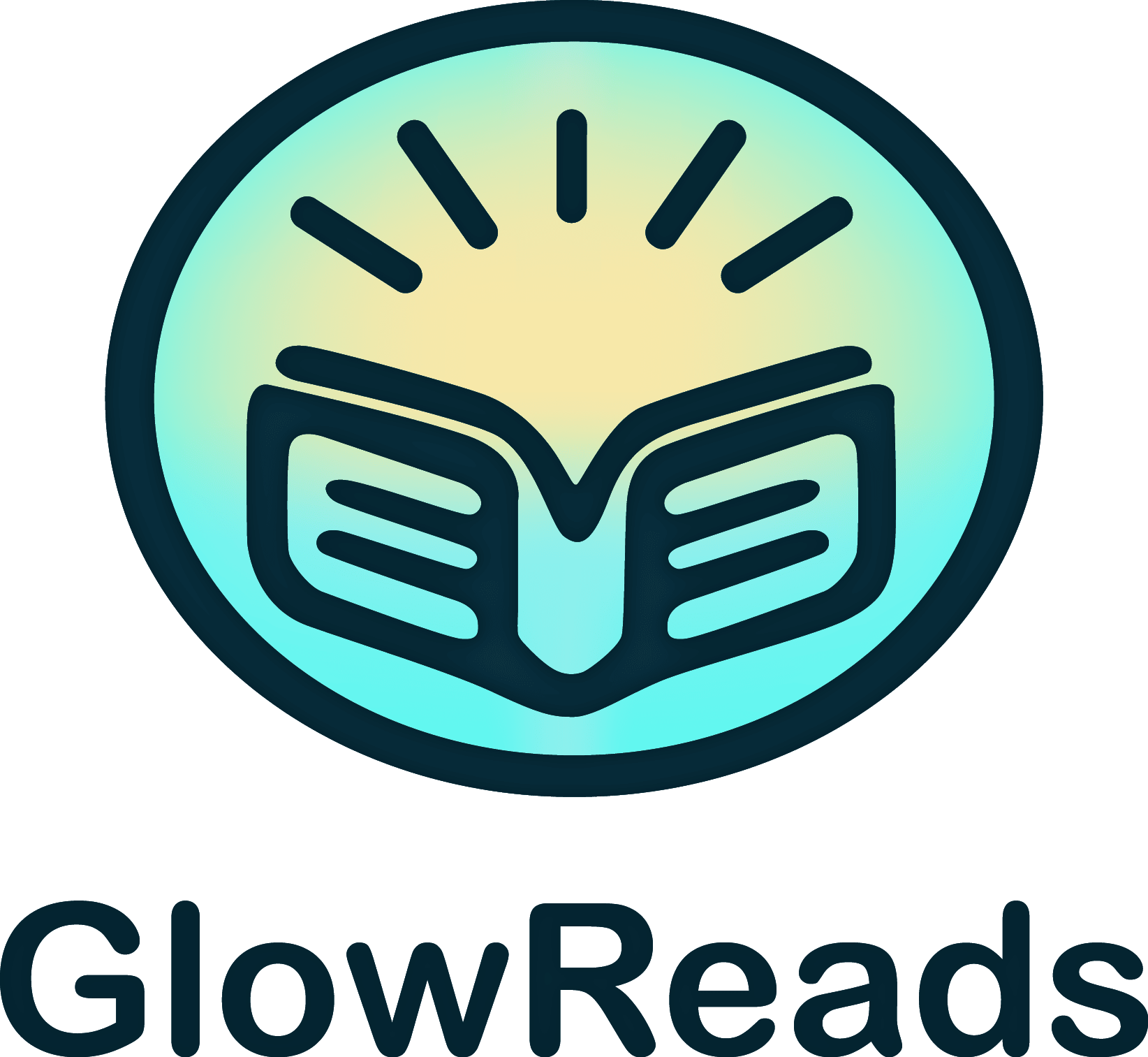Introduction to Language Arts Literature
Language arts literature encompasses a broad range of works that explore the intricacies of language, literature, and communication. These books serve as essential resources for students, educators, linguists, and anyone interested in understanding the power of language and its role in human interaction. From foundational textbooks and literary anthologies to studies on linguistics and rhetoric, language arts literature provides comprehensive knowledge necessary for the study and appreciation of language and its disciplines. Whether you are a student seeking to improve your language skills, a teacher looking to enhance your instructional methods, or a linguist exploring the complexities of human language, language arts books offer valuable insights and practical guidance.
Key Areas in Language Arts & Disciplines
Language arts literature covers an extensive array of topics and fields, each offering unique insights and essential knowledge. Key areas include linguistics, literature, rhetoric, composition, and communication. Linguistics books explore the scientific study of language, examining its structure, development, and variations. Literature anthologies and studies focus on the analysis and interpretation of written works, offering insights into various genres, themes, and historical contexts. Rhetoric literature delves into the art of persuasion and effective communication, providing strategies for crafting compelling arguments and speeches. Composition books focus on writing techniques and processes, offering practical guidance for improving writing skills. Communication literature examines the principles and practices of effective interpersonal and mass communication, providing insights into how people convey and interpret messages. These areas provide a comprehensive foundation for understanding and advancing knowledge in language arts and disciplines.
Top Books for Language Arts Enthusiasts
Selecting the best language arts books can be a challenging task, given the vast number of high-quality options available. For those interested in linguistics, “The Power of Babel” by John H. McWhorter offers a fascinating exploration of the diversity and evolution of human language. “The Elements of Style” by William Strunk Jr. and E.B. White is a classic guide to writing style and grammar, providing timeless advice for clear and effective writing. For literature enthusiasts, “The Norton Anthology of English Literature” edited by Stephen Greenblatt offers a comprehensive collection of English literary works, spanning from the Middle Ages to contemporary times. “They Say/I Say” by Gerald Graff and Cathy Birkenstein provides valuable insights into academic writing and argumentation, offering practical templates for engaging in scholarly discourse. “Understanding Media: The Extensions of Man” by Marshall McLuhan explores the impact of media on human perception and communication, offering profound insights into the role of technology in shaping culture. These books, among others, provide valuable knowledge and practical guidance, making them essential additions to any language arts library.
How to Choose a Language Arts Book
Choosing the right language arts book depends on your specific interests and professional goals. Start by identifying the topics or fields that align with your interests—whether it’s linguistics, literature, rhetoric, composition, or communication. Next, consider the level of complexity you are comfortable with. Some books are designed for beginners, providing an introduction to basic concepts, while others offer advanced analysis suitable for experienced students and professionals. Reading reviews and recommendations from trusted sources can also guide your decision, helping you gauge the book’s quality and relevance. Additionally, exploring award-winning books and those authored by renowned experts in language arts can ensure you select works that are well-regarded in the field. Sampling a few pages or chapters can help you determine if the author’s style and approach resonate with you, making the learning experience more enjoyable and effective.
Book Reviews: Essential Reads in Language Arts
1. “The Power of Babel” by John H. McWhorter: This book offers a fascinating exploration of the diversity and evolution of human language. McWhorter’s engaging writing style and insightful analysis make complex linguistic concepts accessible to a wide audience, providing valuable insights into the nature and development of language.
2. “The Elements of Style” by William Strunk Jr. and E.B. White: Widely regarded as a classic guide to writing style and grammar, this book provides timeless advice for clear and effective writing. Strunk and White’s concise and practical tips have made this book an essential resource for writers and students seeking to improve their writing skills.
3. “The Norton Anthology of English Literature” edited by Stephen Greenblatt: This comprehensive anthology offers a vast collection of English literary works, spanning from the Middle Ages to contemporary times. Greenblatt’s careful selection and insightful commentary make this anthology an invaluable resource for literature students and enthusiasts.
4. “They Say/I Say” by Gerald Graff and Cathy Birkenstein: This book provides valuable insights into academic writing and argumentation, offering practical templates for engaging in scholarly discourse. Graff and Birkenstein’s clear and accessible approach makes this book an essential guide for students and researchers seeking to improve their academic writing skills.
5. “Understanding Media: The Extensions of Man” by Marshall McLuhan: This seminal work explores the impact of media on human perception and communication, offering profound insights into the role of technology in shaping culture. McLuhan’s innovative ideas and thought-provoking analysis have made this book a cornerstone of media studies and communication theory.
Author Spotlights: Prominent Language Scholars
1. John H. McWhorter: A renowned linguist and author, McWhorter’s works, including “The Power of Babel,” provide engaging and insightful explorations of language diversity and evolution. His ability to make complex linguistic concepts accessible to a wide audience has made his books essential resources for language enthusiasts.
2. William Strunk Jr. and E.B. White: Known for their classic guide “The Elements of Style,” Strunk and White’s practical advice on writing style and grammar has influenced generations of writers and students. Their concise and timeless tips for clear and effective writing have made their book an enduring classic in the field of language arts.
3. Stephen Greenblatt: A leading scholar of English literature, Greenblatt’s work as an editor of “The Norton Anthology of English Literature” has provided students and readers with a comprehensive and insightful collection of literary works. His scholarly expertise and careful curation have made the anthology an invaluable resource for literature studies.
4. Gerald Graff and Cathy Birkenstein: Known for their work on academic writing and argumentation, Graff and Birkenstein’s book “They Say/I Say” offers practical strategies for engaging in scholarly discourse. Their clear and accessible templates for academic writing have helped countless students improve their writing skills and engage more effectively in academic conversations.
5. Marshall McLuhan: A pioneering figure in media studies, McLuhan’s work, including “Understanding Media,” explores the profound impact of media and technology on human communication and culture. His innovative ideas and thought-provoking analysis have made his books essential reading for students and scholars of media and communication.
Reader’s Corner: Exploring Language through Books
1. Join a Language Arts Book Club: Engaging with others who share an interest in language arts can enhance your reading experience. Book clubs offer opportunities for discussion, debate, and deeper understanding of language concepts and literary works. Sharing insights and perspectives can enrich your appreciation of the diverse voices and narratives in language arts literature.
2. Attend Literary Festivals and Conferences: Many literary festivals and academic conferences host readings, discussions, and workshops with authors and scholars. Attending these events can provide a deeper connection to the works and offer insights into the authors’ creative processes and scholarly contributions. Literary festivals also provide opportunities to discover new books and engage with the broader literary community.
3. Explore Online Language Arts Resources: Websites like Project Gutenberg, JSTOR, and academic blogs provide access to a wealth of language arts resources, including free eBooks, scholarly articles, and research papers. These platforms offer valuable information on a wide range of language arts topics, helping you discover new texts and deepen your understanding of the field.
4. Create a Personal Reading List: Consider compiling a list of language arts books that you want to read. This personal project can help you reflect on the topics and themes that resonate with you and provide a customized selection of literary and scholarly works to revisit and share with others. A personal reading list can also help you set reading goals and track your progress.
5. Keep a Language Arts Journal: Documenting your thoughts and reflections as you read various language arts texts can enhance your understanding and retention of the material. A language arts journal allows you to track your progress, note important themes and arguments, and reflect on your personal reactions to the knowledge. Keeping a journal can also serve as a personal record of your literary and scholarly journey, helping you to see how your thoughts and insights evolve over time. By regularly writing in your journal, you can develop a more critical and analytical approach to reading, which will deepen your appreciation of the diverse perspectives and innovations in language arts literature.
This comprehensive guide to language arts books, when optimized for the right keywords and strategically promoted, should significantly increase the visibility and attractiveness of your language arts category, potentially attracting a large number of visitors interested in exploring and advancing their knowledge of language and communication.

